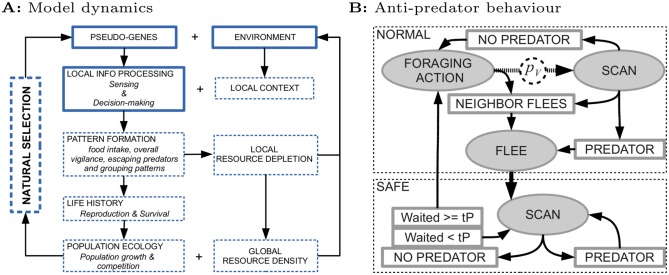Figure 1. Summary of model dynamics and anti-predator behavior.
A) Model dynamics. Solid boxes indicate model aspects that are implemented, namely the initial environment and pseudo-genes defining sensing and decision making of foragers. Dashed boxes indicate emergent processes on longer timescales: As foragers interact with local contexts in the environment, they generate behavioral patterns which in turn determine reproduction and survival and cause resource depletion. Reproduction and survival affect population growth and competition. If variation in pseudo-genes (due to mutations) results in differential reproduction and survival, natural selection emerges. B) Anti-predator behavior. Foragers start in a normal foraging state (top dashed box) and can decide to scan for a predator with probability p V. Only if a predator is detected, or a neighbor flees, does the forager flee, at which point it reaches a safe state (bottom dashed box). Here it continues to scan until it no longer detects the predator. After that, the forager continues scanning for another t P minutes, before it returns to a normal foraging state.

